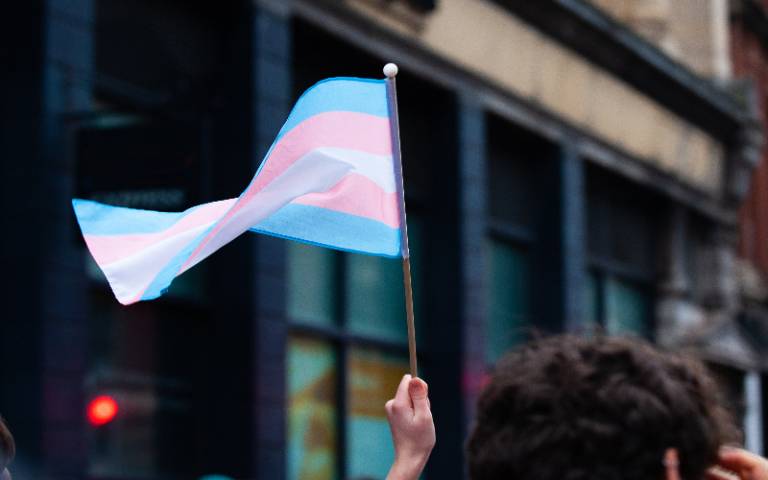Increase in the number of people identifying as transgender in the UK
29 November 2023
The number of people identifying as transgender in their GP records in the UK has increased between 2000 and 2018, finds a new study led by UCL researchers.

The research, published in BMJ Medicine, is the first large-scale study in the UK to estimate the number of people whose gender identity is different to their sex assigned at birth.
To do this, the team reviewed anonymised data from 7 million individuals aged 10 to 99 years, from IQVIA Medical Research Data, a UK primary care database, between 2000 and 2018.
Researchers looked for diagnostic codes that suggested patients had spoken to their GP about gender dysphoria (a state of stress or unhappiness that one’s gender does not match their sex at birth).
They found that overall, the number of people whose records suggested they were transgender was very low. However, there was nevertheless an increase over the last two decades – rising from about one in 15,000 in 2000, to just over one in 2,500 in 2018.
The number of individuals with a health record of being transgender increased in all age groups.
Rates were highest amongst people aged 16 to 29. In 2018, around one in every 2,200 people aged 16 to 29 were recorded as transgender.
Leader author, Dr Doug McKechnie (UCL Institute of Epidemiology & Health) said: “The number of people who identify as transgender in electronic primary care health records is small but has increased over time. We do not know why this is the case, but it may be that more transgender people are coming forward to seek relevant care.
“Primary care is often the first point of contact for people with gender dysphoria, but medical treatment is typically initiated by a gender specialist following a detailed assessment. Waiting times for NHS gender identity clinics are long and can run to several years.
“More specialist gender services need to be commissioned to provide care for the growing number of transgender people seeking treatment.”
The research found that people who identified as transgender were more likely to live in areas of high deprivation. Rates were approximately two-and-a-half times higher in the most deprived areas than the least deprived areas.
Dr McKechnie said: “We do not know why more individuals from deprived areas had a transgender code in their records, and if this really means that there are more transgender people in those areas, or if they are simply more likely to be recorded as such in the NHS GP records.
“Transgender people face stigma and discrimination in society, potentially leading to exclusion from employment, education, and family support, which might make them more likely to move to deprived areas. Some areas might also be more ‘trans friendly’ than others.
“Another possibility is that transgender people in affluent areas were more likely to access specialist gender care privately, bypassing their GP and the long NHS gender clinic waiting list entirely.”
The most recent data used in the study is from 2018. Therefore, researchers estimate that the rates of transgender identity in primary care will have changed – and likely increased – in the years since.
Dr McKechnie is supported by funding from the National Institute of Health and Care Research (NIHR).
Study limitations
The main limitation of the study is that it relies on the coding of transgender identity in clinical records.
These codes depend on the person contacting their GP in the first instance.
They also do not fully capture the range of gender identities (such as non-binary or genderqueer identities) and contain various terms that are now outdated or misapplied.
Therefore, the study likely underestimates the true proportion of people with transgender identities in the population.
Links
- Research in BMJ Medicine
- Dr Doug McKechnie's academic profile
- Professor Irene Petersen’s academic profile
- UCL Institute of Epidemiology & Health
- UCL Population Health Sciences
Image
- Credit: Nicky Ebbage on iStock
Media contact
Poppy Danby
E: p.danby [at] ucl.ac.uk
 Close
Close

